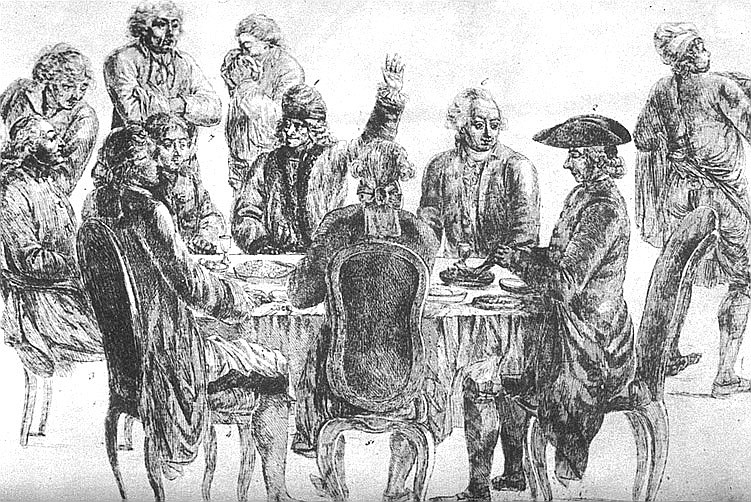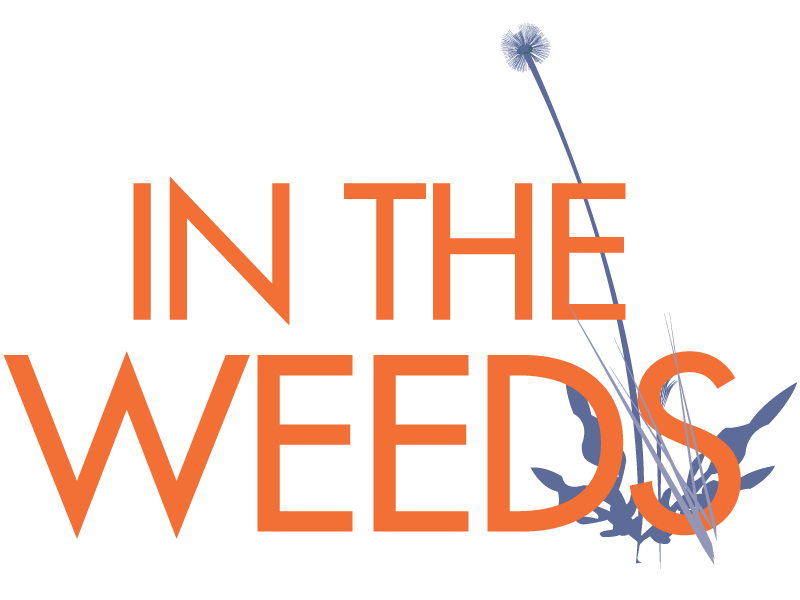
I loved learning that coffee played an instrumental role in the Enlightenment. All those men switching from beer to coffee! No wonder they had a lot to talk about.
Nowadays, the coffee trade is staggering and fraught with political and environmental issues.
Many conscientious coffee drinkers seek out Fair Trade and Shade-Grown coffee, but, according to entomologist Doug Tallamy, shade-grown coffee isn’t good enough. That’s because the label doesn’t specify what kinds of trees are used to throw shade on the coffee plants.
In Peru, where Tallamy travelled to study of the impact of coffee growing on biodiversity, he found that most coffee plantations designated as “shade-grown” were planted with pines and eucalyptus trees grown for lumber. Since these trees are not native to Peru, they don’t support the local insect populations on which other wildlife, notably birds, depend.
In the U.S., Tallamy told me, about 350 species of birds are “neotropical migrants.” Increasingly, when they fly south, they discover that coffee plantations have displaced their forest habitats. Since these birds are insectivores, this would be okay if there were enough native trees to provide the insects they need to survive. But there aren’t.
To tackle this problem, Tallamy has teamed up with the Smithsonian to create a more rigorous label: Bird-Friendly Coffee.
For this relatively new label to take off, it will have to be embraced by farmers and consumers alike.
Which brings us back to those coffee houses, from the Café Procope to the one I’m sitting in right now. Needless to say, coffee is more than just a drink and a stimulator of conversation. It’s a culture and a gourmandise. I know this because I happen to live with a coffee geek who religiously weighs his beans before grinding them every morning.
We’re going to have to have some fresh, high-quality “Bird-Friendly” coffee in the offing and this, as far as I can tell, is the purview of specialty coffee roasters as much as of the producers themselves. (Although I know it’s expanding, I find the current list of available locations for bird-friendly coffee on the Smithsonian site a bit disappointing.)
So, Blue Bottle, Intelligentsia, Counter Culture take note! Give the coffee nerds what they want – good coffee that’s good for the insects, the birds and the people too!
3 comments on “Shade-Grown Isn’t Good Enough”
Comments are closed.

Nicole- I have read several of your blogs and loved them, but I really love this one about redefining beauty in gardens based on new understandings of their utility to insects and the ecosystem. As someone who has started a school wildlife habitat garden, which we feel is beautiful but have not particularly justified on these grounds (as opposed to ecological ones), it has made me ponder. I am also very impressed that you have taken this course– a deep interest in gardens, ecology, the environment. It is a delight to me that this is so, and I wish you were closer so we could communicate about this. Wonderful to see that you are also bringing this into schools. Love, Lorie
Thank you for your thoughtful comments, Lorie. And I apologize for the delay. I haven’t been getting alerts about my comments. You are very much on the list of people I admire for all you have done – you understood the importance of these connections as an educator much earlier than most!
How interesting that coffee – which has become essential to so many people’s routine – is another vehicle to teach us about the balance of Nature! So many different roads that lead to knowledge.